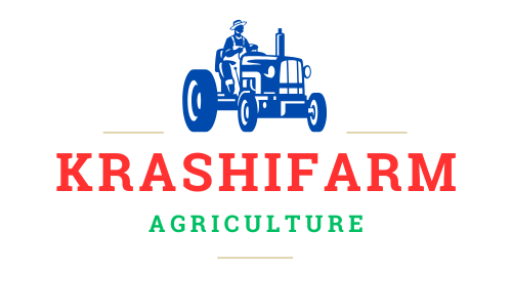How to Increase Crop Yields Sustainably
Sustainable agriculture focuses on maximizing crop yields while maintaining soil health, reducing environmental impacts, and ensuring long-term productivity. This guide explores various techniques to improve yields sustainably.
1. Soil Health Management
Healthy soil is the foundation of high yields. Practices that improve soil quality include:
A. Organic Matter Addition
- Compost and manure enhance soil fertility.
- Cover crops improve organic content.
- Crop residues increase microbial activity.
B. Soil Conservation Techniques
- No-till farming reduces soil erosion.
- Terracing prevents runoff on slopes.
- Mulching retains moisture and suppresses weeds.
C. Soil Testing & Amendments
- Regular soil testing determines nutrient deficiencies.
- Applying lime or gypsum balances soil pH.
- Microbial inoculants enhance nutrient availability.
2. Efficient Water Management
Water is crucial for plant growth. Sustainable water use includes:
A. Irrigation Techniques
- Drip irrigation: Reduces water waste and delivers water directly to roots.
- Rainwater harvesting: Collects rainwater for reuse.
- Mulching: Reduces evaporation and retains moisture.
B. Drought-Resistant Crop Varieties
- Growing drought-tolerant crops minimizes water stress.
- Developing genetically improved seeds enhances resilience.
3. Integrated Nutrient Management
Balancing synthetic and organic fertilizers ensures long-term soil fertility.
A. Organic Fertilizers
- Compost, green manure, and biochar improve soil health.
- Mycorrhizal fungi enhance nutrient absorption.
B. Precision Fertilization
- Controlled-release fertilizers prevent overuse.
- Applying fertilizers at the right growth stage improves efficiency.
4. Sustainable Pest and Disease Management
Pest control without harming the environment is essential.
A. Integrated Pest Management (IPM)
- Biological control: Using beneficial insects.
- Crop rotation: Reducing pest buildup.
- Trap crops: Diverting pests away from the main crop.
B. Natural Pesticides
- Neem oil, garlic spray, and diatomaceous earth provide eco-friendly protection.
5. Crop Rotation and Diversification
Growing different crops prevents soil depletion and enhances productivity.
A. Benefits of Crop Rotation
- Reduces soil-borne diseases.
- Enhances soil fertility.
- Breaks pest cycles.
B. Intercropping & Agroforestry
- Combining legumes with cereals improves nitrogen levels.
- Trees in farming systems reduce soil erosion and provide additional income.
6. Use of Technology and Innovation
Modern agricultural tools enhance sustainability.
A. Precision Farming
- GPS-guided equipment optimizes planting and harvesting.
- Drones monitor crop health and detect pests early.
B. Smart Greenhouses
- Controlled environments maximize production.
- Hydroponics and aquaponics reduce land use while increasing yields.
7. Sustainable Farming Policies and Education
Supporting farmers through knowledge-sharing and incentives ensures sustainable productivity.
A. Farmer Training Programs
- Extension services teach modern techniques.
- Online platforms provide real-time solutions.
B. Government Incentives
- Subsidies for eco-friendly farming practices.
- Encouraging the use of renewable energy in agriculture.
Table: Sustainable Strategies for Increasing Crop Yields
| Strategy | Method | Benefits |
|---|---|---|
| Soil Health | Composting, No-Till, Cover Crops | Improves fertility, reduces erosion |
| Water Management | Drip Irrigation, Mulching | Saves water, increases efficiency |
| Nutrient Management | Organic & Precision Fertilization | Prevents overuse, enhances uptake |
| Pest Control | IPM, Biological Control | Reduces chemical use, maintains balance |
| Crop Diversification | Rotation, Intercropping | Improves soil structure, breaks disease cycles |
| Technology | Precision Farming, Drones | Increases efficiency, reduces waste |
| Policy Support | Training, Incentives | Ensures sustainability, promotes education |



